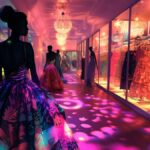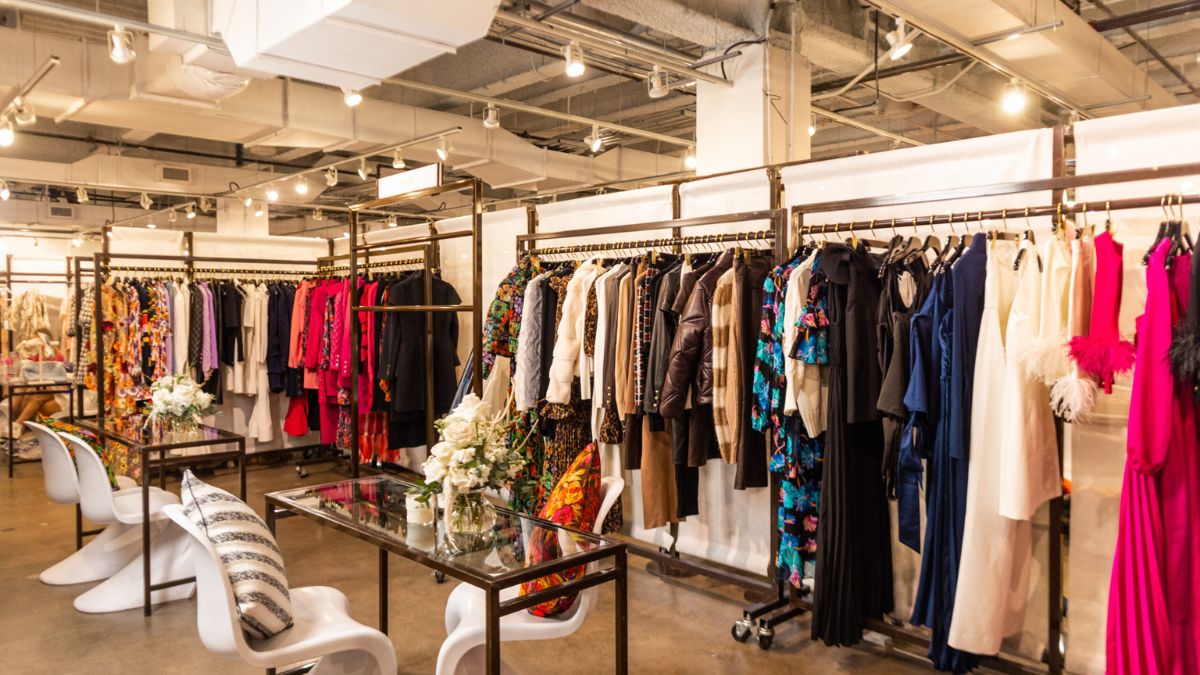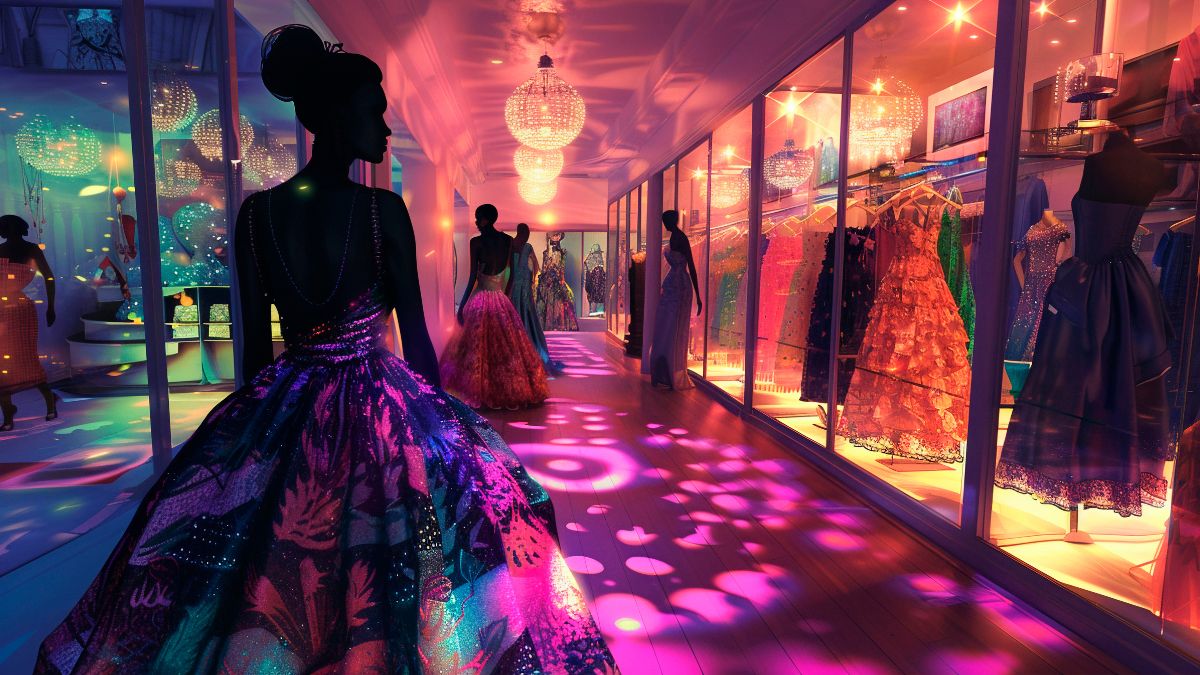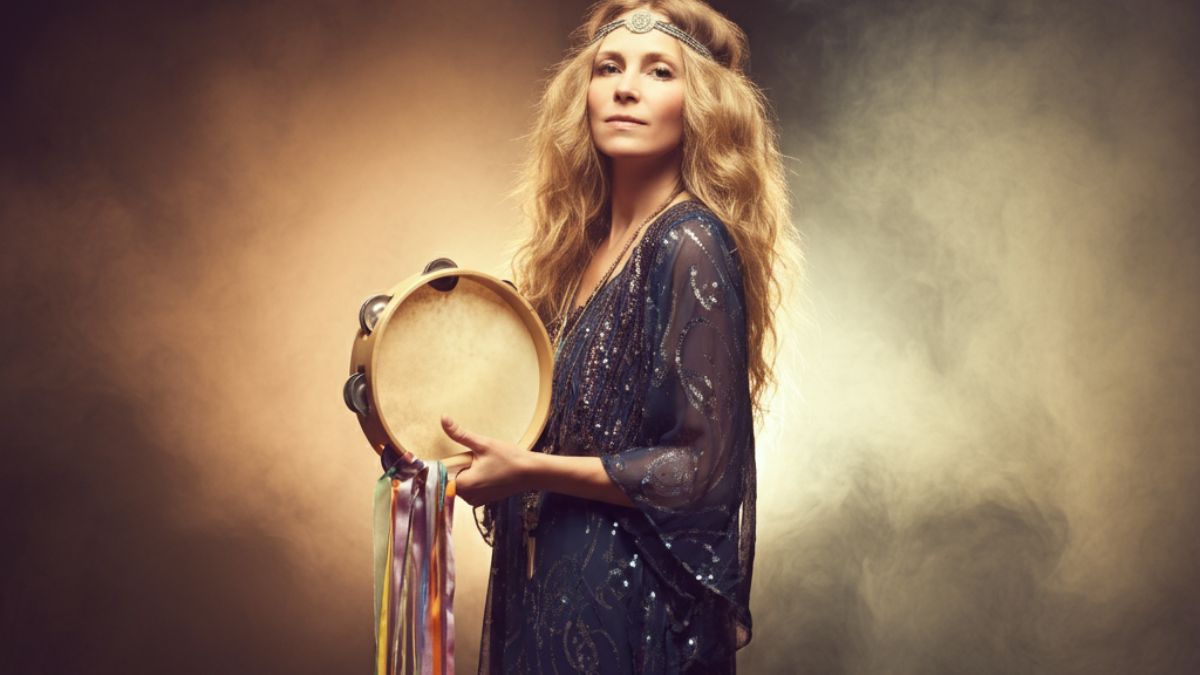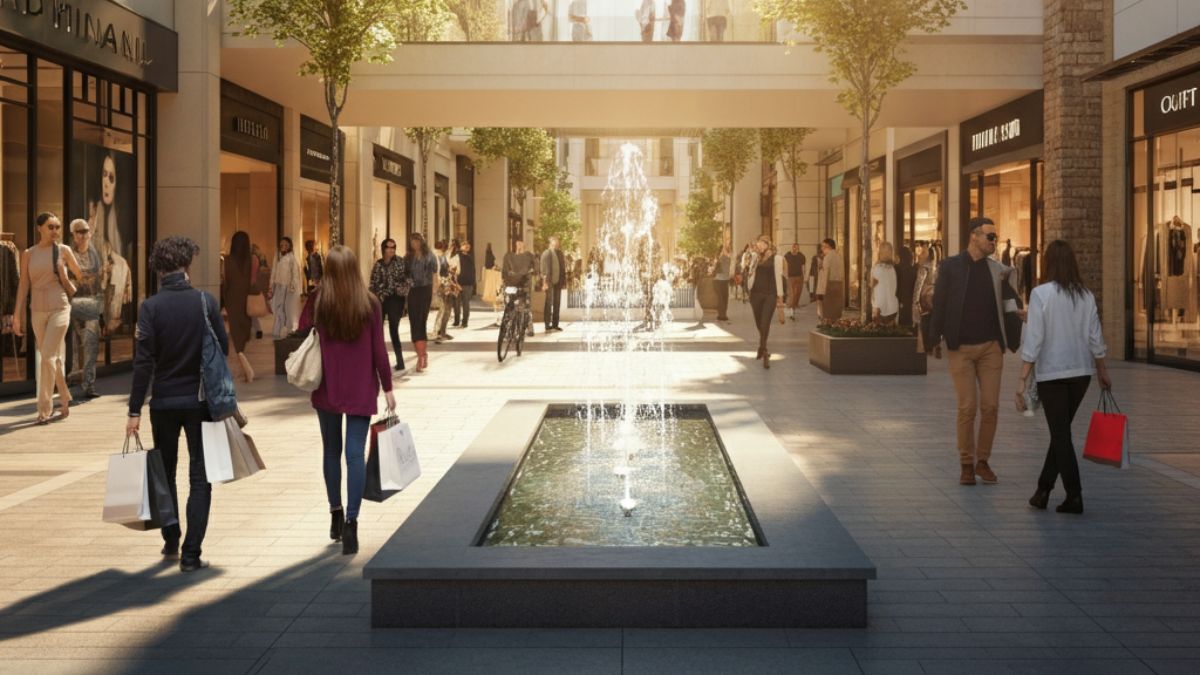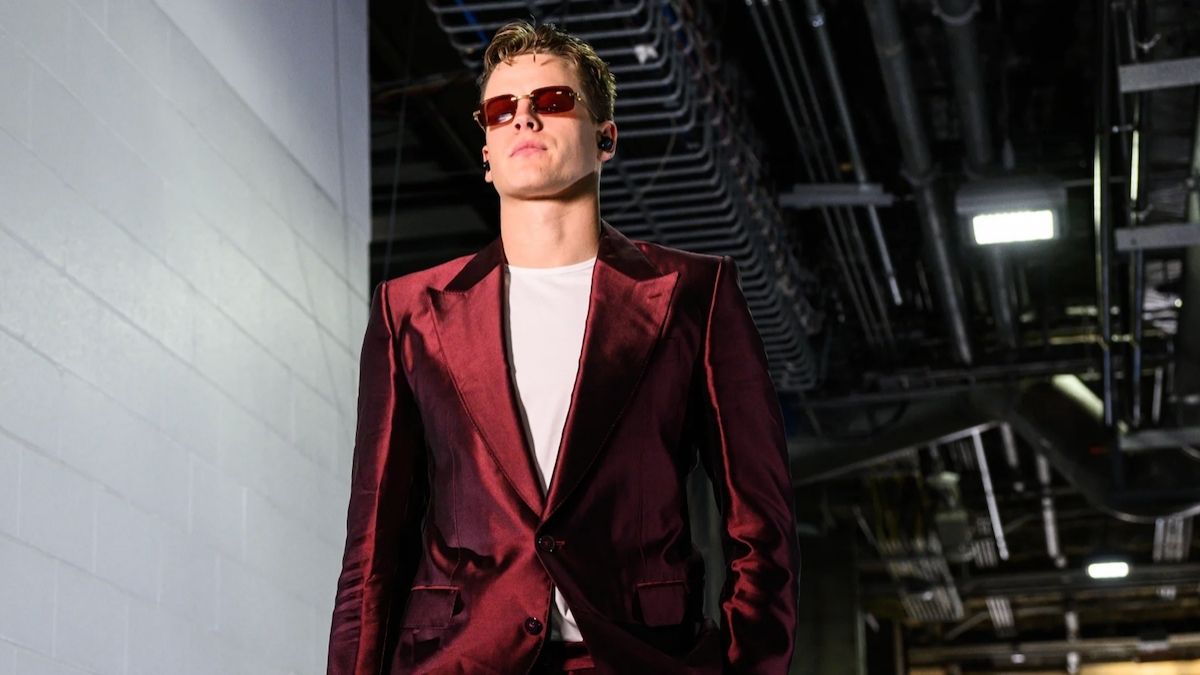The world of fashion is a dynamic tapestry of art, innovation, and cultural expression. Across decades, it has evolved significantly, reflecting changing trends, technology, and societal values. At the heart of this evolution is an indispensable asset to the industry – fashion industry galleries. Whether capturing timeless couture or highlighting groundbreaking designs, these galleries serve as cultural hubs, preserving history and spearheading creativity.
What makes fashion industry galleries unique? How do they influence designers, consumers, and the industry itself? This blog explores their purpose and impact, offering readers a behind-the-scenes glimpse into this celebrated intersection of art and fashion.
Below, we’ll introduce the role of fashion industry galleries, highlight significant contributions to fashion heritage, and discuss how they continue to shape the industry’s future.
What Are Fashion Industry Galleries?
At their core, fashion industry galleries are curated spaces or exhibits that showcase collections of garments, accessories, textiles, and design innovations. These galleries blur the lines between art and function, encapsulating the soul of fashion in a way that transcends personal wardrobes and catwalks.
Their importance goes beyond mere exhibition, as they document creative processes, celebrate bold statements, and often serve as incubators of fresh ideas. With their global appeal, galleries are revered by fashion houses, budding designers, and enthusiasts eager to gain context and inspiration from both historical and contemporary works.
Why Fashion Industry Galleries Matter
Fashion industry galleries are more than just displays of elegant gowns or avant-garde garments. They play a pivotal role in the industry by showcasing monumental achievements, celebrating culture, and fostering creativity.
Here are some of the notable impacts of fashion galleries:
1. Documenting History
Fashion is a reflection of time. From 1920s flapper dresses exemplifying rebellion to 1980s oversized power suits symbolizing ambition, galleries preserve these iconic styles, linking them to historical movements. Whether it’s the haute couture of Christian Dior in post-war Europe or the sustainable collections pioneered in the 21st century, galleries act as fashion’s memory-keepers.
Example: New York’s The MET Costume Institute annually curates the acclaimed “Met Gala” exhibit, balancing fashion with thematic storytelling like 2019’s “Camp” or 2022’s “Gilded Glamour.”
2. Bridging Art and Design
Fashion sits at the crossroads of functionality and imagination, and galleries often elevate clothing to the status of fine art. Exhibitions allow non-practitioners to see the craftsmanship needed to manipulate fabric and form innovation into timeless designs.
Example: The Victoria & Albert Museum in London has profoundly shaped perceptions of clothing as art, hosting retrospectives for figures like Alexander McQueen and Mary Quant.
3. Championing Inclusivity and Cultural Expression
Fashion is inherently tied to culture. Galleries celebrate diverse traditions through textiles and influence wider movements such as the rise of African and Asian artisans within the global market. By displaying these contributions, they validate underrepresented voices without appropriating their artistry.
4. Pushing Sustainability Agendas
With ethical fashion rising in demand, galleries promote conversations about reusing, recycling, and reinventing materials. By featuring exhibits on sustainable practices or eco-conscious designers, galleries encourage the fashion industry to dream responsibly.
Example: The “Fashioned from Nature” exhibit at the V&A spotlighted apparel inspired by organic elements while critiquing wasteful production methods.
Top Fashion Galleries Around the World
Now that we’ve discussed their importance, here’s a quick snapshot of leading galleries celebrated for their rich collections and influence on modern fashion discourse.
1. The Museum at FIT (New York, USA)
The Fashion Institute of Technology Museum is renowned for its extensive public programming and free admission, making fashion accessible to everyone. Its curated exhibits often explore women’s empowerment through fashion, such as its retrospective on power dressing during the 20th century.
2. Palais Galliera (Paris, France)
Parisian fashion draws countless admirers worldwide, and Palais Galliera remains one of the most iconic galleries. Dedicated entirely to haute couture, it houses invaluable works from Yves Saint Laurent to Givenchy.
3. V&A Fashion Gallery (London, United Kingdom)
Few galleries rival the V&A’s size and influence. By seamlessly blending fashion with contextual history, it bridges gaps between heritage, storytelling, and modern creativity. Star-studded retrospectives like the Alexander McQueen “Savage Beauty” exhibit draw critical acclaim annually.
4. Kyoto Costume Institute (Kyoto, Japan)
Known for diverse collections spanning across centuries, the KCI reflects upon both modern Japanese and global influences throughout historical shifts in dress.
## Emerging Fashion Trends & Future Pipeline
Fashion galleries do not only look back at history; they offer glimpses into what’s ahead for the industry. Here’s how they shape future trajectories and trends.
-
- Digital Fashion Spaces
Immersive technologies such as augmented reality (AR) make galleries interactive hubs, revolutionizing traditional brick-and-mortar showcases beyond their borders.
-
- Ensuring Their Accessibility
- Sustainability as a Core Focus
Fashion galleries are increasingly spotlighting sustainable practices within the industry. From exhibitions showcasing eco-friendly materials to panels discussing circular fashion, these spaces are driving awareness about the environmental impact of clothing and pushing for more ethical production practices.
-
- Collaboration with Designers and Brands
Many galleries now collaborate directly with emerging and established designers to feature exclusive collections. This partnership not only highlights innovative creations but also allows galleries to play an active role in shaping consumer preferences toward forward-thinking and experimental designs.
Through these evolving efforts, fashion galleries continue to redefine how we view and engage with the art of fashion, ensuring they remain essential cultural and creative hubs for years to come.
FAQs
1. What is the purpose of fashion galleries?
Fashion galleries aim to bridge the gap between art and fashion by showcasing innovative designs, creative collaborations, and cultural narratives. They serve as platforms for celebrating both established and emerging talent in the fashion industry.
2. How do fashion galleries stay relevant in a changing industry?
By fostering collaborations with designers and curating exclusive collections, fashion galleries stay at the forefront of trends. Their emphasis on experimental and forward-thinking designs helps them engage with modern audiences.
3. Can anyone visit a fashion gallery?
Yes, most fashion galleries welcome visitors from all walks of life. Some may offer free entry, while others might charge an admission fee or host ticketed events.
4. Do fashion galleries sell items on display?
It varies by gallery. Some may sell pieces as part of exclusive collections, while others focus solely on exhibition and curation without commercial sales.
5. How do fashion galleries support emerging designers?
Fashion galleries provide platforms for new designers to showcase their work, gain visibility, and connect with industry professionals, as well as potential buyers and collaborators.


